SOURCE: AFI
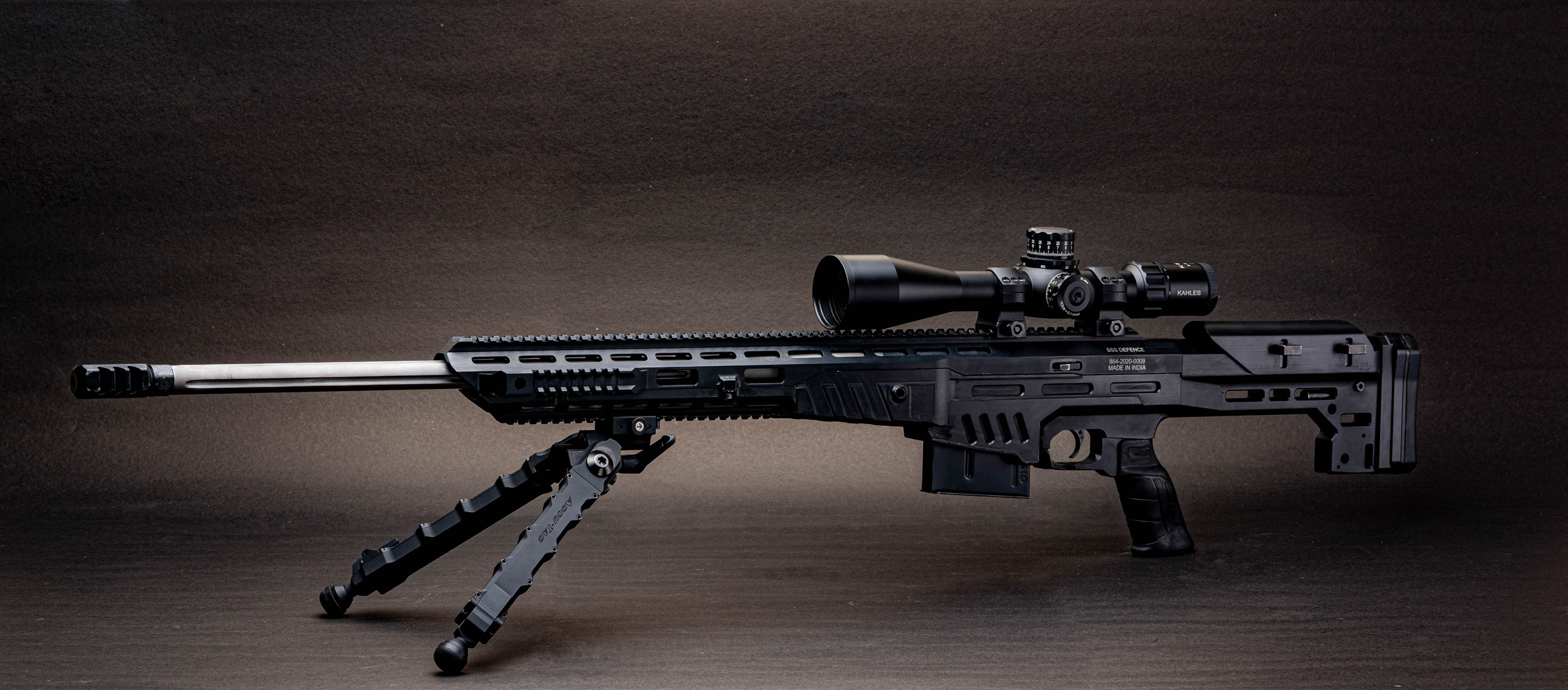
Bengaluru-based firearms manufacturer, SSS Defence, has achieved a significant milestone by securing and fulfilling a major export contract for their .338 Lapua Magnum sniper rifle, the 338 Saber. This marks the first time an Indian company has exported sniper rifles, signifying a potential turning point for the nation’s defense exports.
The 338 Saber is designed for modern military and law enforcement applications. Chambered for the powerful .338 Lapua Magnum cartridge, it boasts an effective range exceeding 1500 meters. This long-range capability makes it ideal for engaging targets at extreme distances.
Continue readingSOURCE: AFI

Russia has dangled the possibility of offering India technology to construct and manage low-power nuclear power plants that can float on water. This proposition is likely to be a key topic of discussion during Indian Prime Minister Narendra Modi’s upcoming visit to Moscow on July 8-9, 2024.
Prime Minister Modi’s itinerary includes a visit to the Rosatom Pavilion, showcasing Russia’s state-owned nuclear corporation Rosatom. He is also scheduled to meet with Alexey Likhachev, Rosatom’s Director General, ahead of a private dinner with Russian President Vladimir Putin.
Continue readingSOURCE: AFI
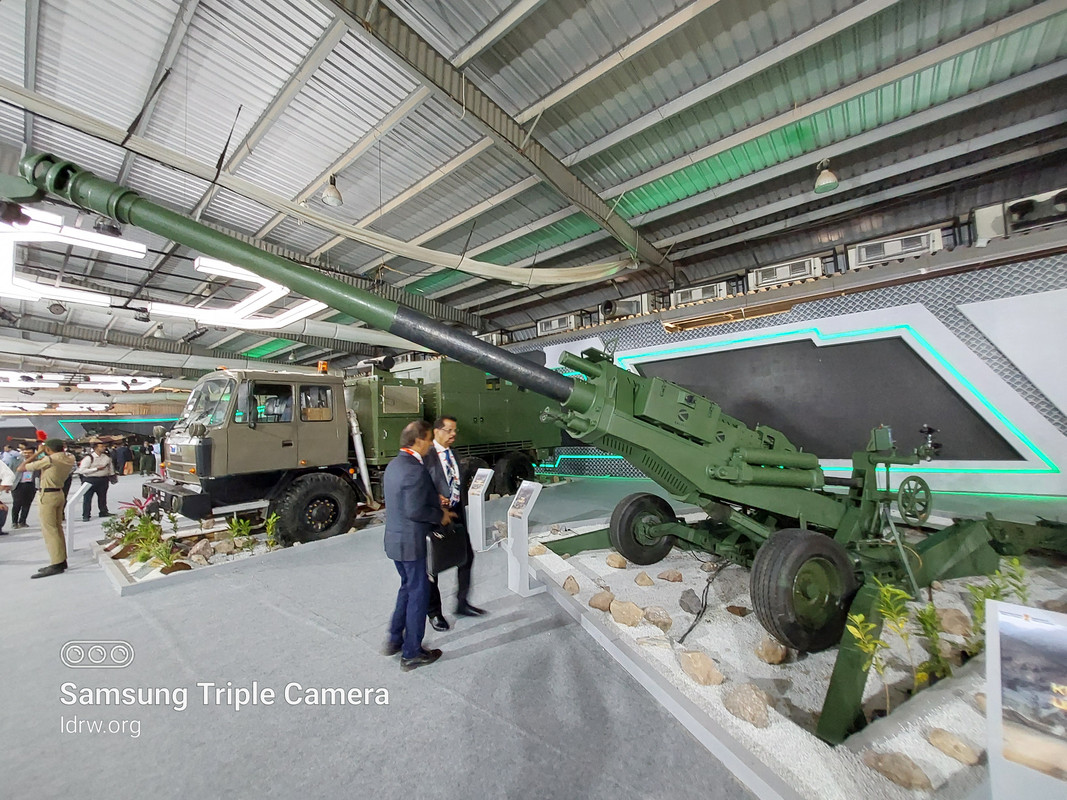
The state government of Uttar Pradesh (UP) has taken a significant step towards becoming a major player in India’s defense manufacturing sector. They have signed over 150 defense deals worth a staggering Rs 25,000 crore ($3.1 billion USD). This ambitious move aligns with India’s growing focus on self-reliance in defense production and boosting its defense exports.
This initiative comes at a perfect time. India’s annual defense production recently reached a record high of Rs 1.27 trillion (US$15.8 billion) in 2023-24, marking a significant 16.7% increase from the previous year. The Uttar Pradesh government aims to capitalize on this momentum and position itself as a critical hub in this growing industry.
Continue readingSOURCE: RAUNAK KUNDE / NEWS BEAT / IDRW.ORG

Alex Zino, Director of Business Development and Future Programmes at Rolls-Royce, has set the record straight regarding the engine for India’s Zorawar Light Tank. He confirmed that the MTU 8V199 TE21 engine is indeed powering the Zorawar tank. Zino also confirmed that engine was delivered to L&T OEM of the Light Tank Program .
Earlier media reports suggested a switch to a Cummins engine due to delays in obtaining German export clearance (BAFA) for the MTU engine. Mr. Zino clarified that while there were initial delays, these have been resolved. The MTU engine delivering a powerful 600 kW (804hp) output, has now been integrated into the Zorawar platform as per information given by Mr. Zino to Indian Media.
Continue readingSOURCE: RAUNAK KUNDE / NEWS BEAT / IDRW.ORG

The Indian Air Force (IAF) is actively seeking the expertise of Indian private sector companies to undertake substantial repairs on two of its IL-76 aircraft, which have sustained significant damage to their undercarriage and associated airframe structure. These aircraft are currently grounded at the Chandigarh airbase, and the IAF is looking for an industrial partner to carry out the necessary repairs on-site.
The two IL-76 aircraft, essential for the IAF’s transport and logistics capabilities, have been rendered non-operational due to heavy damage. This situation has been exacerbated by the ongoing conflict in Ukraine, which has disrupted the supply chain and repair services from Russia, the original equipment manufacturer of the IL-76 aircraft.
Continue readingSOURCE: RAUNAK KUNDE / NEWS BEAT / IDRW.ORG

Rolls-Royce, the engine manufacturer for the Indian Air Force’s (IAF) Jaguar fighter jets, has acknowledged that the decision on the future of these aircraft rests with the IAF. The company has expressed its commitment to supporting the IAF’s choice, regardless of whether it involves continued operation or eventual retirement of the Jaguar fleet.
The IAF holds the unique distinction of being the world’s only remaining air force to operate Jaguar fighter jets. These aircraft are powered by the Rolls-Royce Turbomeca Adour Mk.102 afterburning turbofan engines.
Continue readingSOURCE: AFI
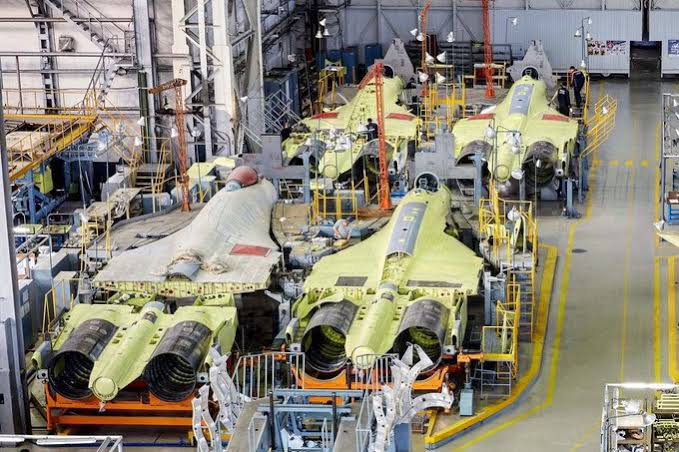
Russia has announced a change in engine plans for its Su-30SM fighter jets, opting for the AL-41-FC1 engine from 2025 onwards, according to Oleg Pankov, chief designer of the Su-30 program. This decision comes as India, the primary operator of the Su-30MKI variant, has chosen to maintain its existing AL-31F engines.
The AL-41-FC1 engine boasts increased power and improved fuel efficiency compared to the AL-31F. Russia’s decision to switch engines suggests a focus on enhancing the performance of its Su-30SM fleet and also due to factor that same engine is also used on the Su-35 fleet.
Continue readingSOURCE: AFI
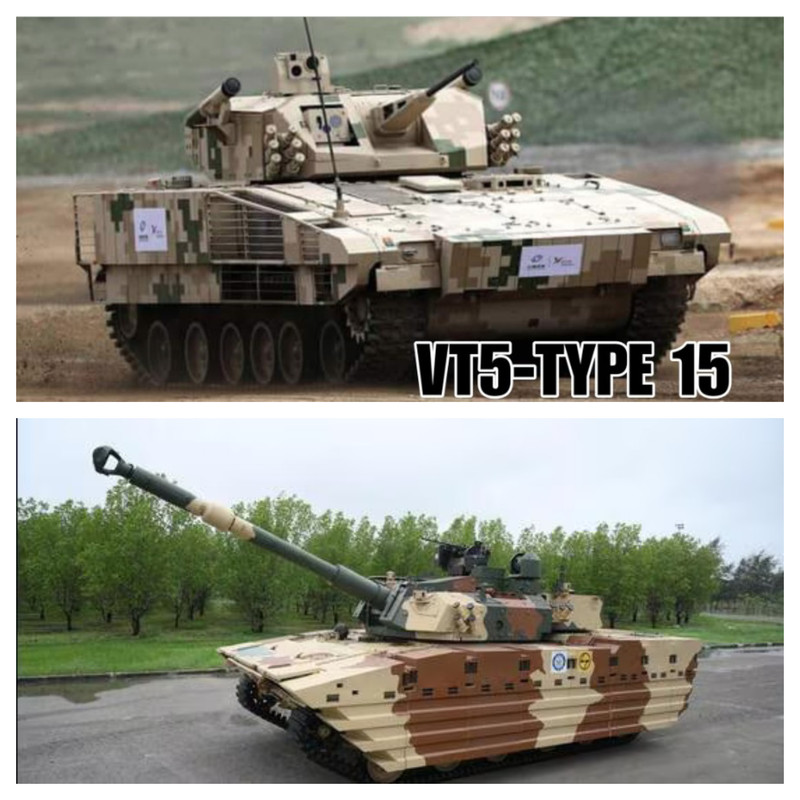
As light tanks continue to play a crucial role in modern warfare, Two Light Tanks that might face each other in event of the war need Comparative Analysis. both India and China have developed advanced models to enhance their respective military capabilities. India’s indigenous Zorawar Light Tank, developed by Larsen & Toubro (L&T) in collaboration with the Defence Research and Development Organisation (DRDO), stands as a significant achievement.
In comparison, China’s Type 15 light tank showcases impressive technological advancements. This article provides a detailed comparison between these two cutting-edge light tanks, highlighting their technical specifications, features, and strategic advantages.
Continue readingSOURCE: AFI

The Next Generation Air Dominance (NGAD) program is the US Air Force’s ambitious plan to develop a sixth-generation fighter jet unlike any other. This “system of systems” aims to maintain American air superiority well into the future.
Understandably, the US may be hesitant to export this cutting-edge technology. Sharing NGAD with other countries, no matter how close, introduces the risk of the technology being compromised or falling into the wrong hands. Even trusted allies could lead to leaks, potentially benefiting adversaries like Russia or China.
Continue readingSOURCE: AFI

In a startling revelation, Canadian-based media outlet Media Bezirgan has reported that Hardeep Singh Nijjar, a slain Khalistani activist, had significant ties with Jagmeet Singh and the New Democratic Party (NDP) of Canada. Nijjar, who was assassinated by gangsters in Surrey, BC, was a prominent figure, serving as the president of the temple where he was killed. His controversial past, including his arrival in Canada on a forged passport and being on a Canadian no-fly list, has added fuel to an already intense political firestorm.
According to Elections Canada records, a Hardeep Nijjar with the postal code V3W 0J4 made donations to the NDP and Jagmeet Singh in 2017. This postal code is linked to Nijjar Plumbing & Heating Ltd, Nijjar’s plumbing company. Further verification from LinkedIn records indicates that his son, Mehtab Nijjar, works at this company, solidifying the connection.
Continue readingSOURCE: IDRW.ORG
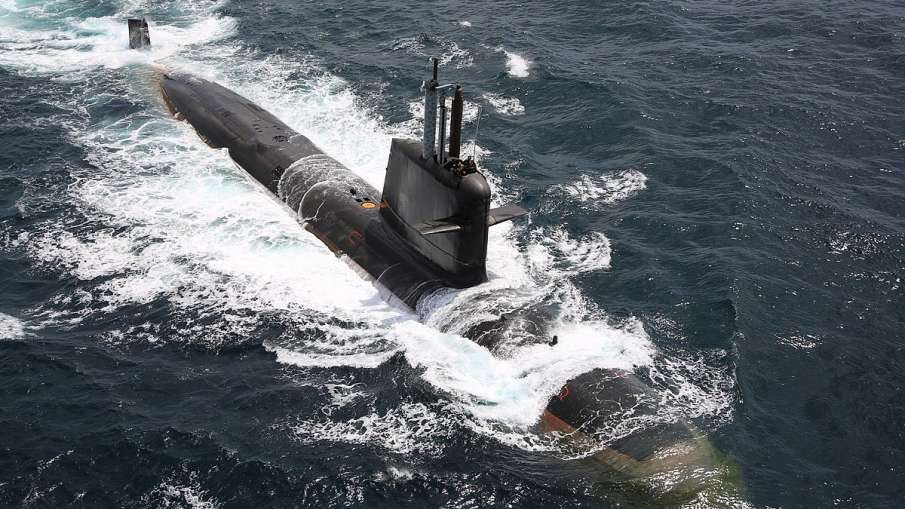
The Indian Navy’s underwater arsenal is set for a potential boost with renewed talks on acquiring additional Kalvari-class (Scorpène) submarines. State-owned Mazagon Dock Shipbuilders Limited (MDL) is reportedly in advanced discussions for a deal estimated at a whopping ?35,000 crore (US$4.19 billion).
While the final price might see some reduction after negotiations later this year, each upgraded Kalvari-class submarine is expected to cost between $1.2 billion and $1.3 billion. This marks a significant jump of over 62% compared to the six Kalvari-class submarines previously acquired by India at a cost of ?23,652 crore (US$4.1 billion in 2023). This translates to a cost per unit of ?3,942 crore (US$680 million in 2023).
Continue readingSOURCE: IDRW.ORG

Bengaluru-based Tardid Technologies Pvt Ltd made a splash at Eurosatory 2024, showcasing its innovative AI-based solution for naval vessels: PRESCRIPTIVE ANALYSIS OF HULL & MACHINERY (PAH&M). Tardid’s motto for PAH&M, “Sweat in peacetime so you can relax in difficult times,” aptly summarizes its philosophy. This system aims to prevent potential problems at sea by proactively monitoring a ship’s hull and machinery.
Naval vessels endure a unique set of challenges compared to commercial ships. They operate in harsh conditions, experience extreme maneuvers, and are constantly exposed to corrosive environments. This results in significantly higher fatigue on a naval vessel’s hull compared to its commercial counterparts. Furthermore, fatigue cracks typically begin on the surface in the short term but move deeper within the metal over extended periods.
Continue readingSOURCE: AFI
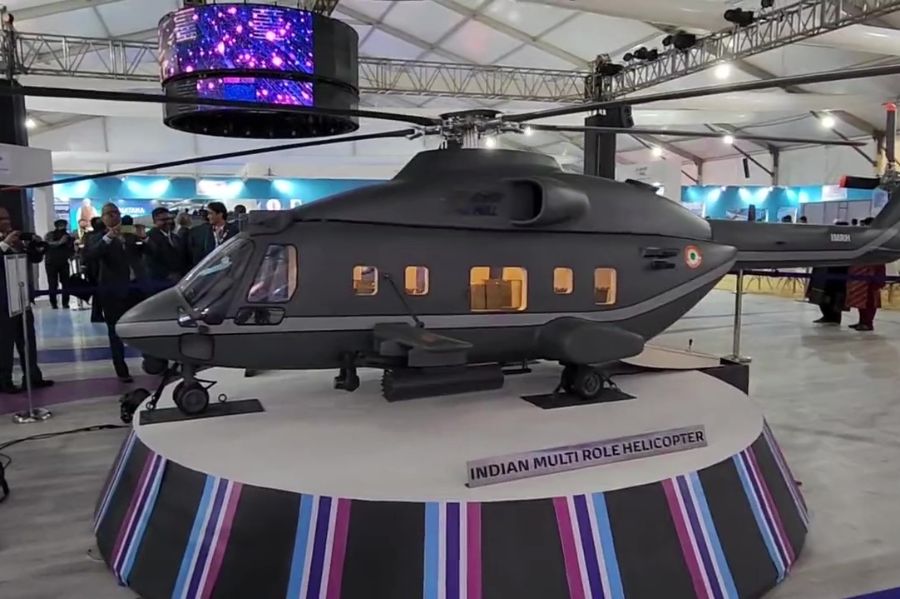
The Indian Air Force (IAF) is setting ambitious goals for the upcoming Indian Multi-Role Helicopter (IMRH) program, according to reports. The IAF has reportedly conveyed to state-owned Hindustan Aeronautics Limited (HAL) a high production rate target of 35 units per year right from the program’s inception.
This urgency stems from the IAF’s need to replace its aging fleet of Russian-origin Mi-17 helicopters. These helicopters, inducted starting in 1971, are becoming increasingly obsolete. Additionally, dwindling spare part support from Russia further complicates their maintenance. The last major purchase of Mi-17 helicopters, the Mi-17V-5 variant, occurred in 2012 with a contract for 71 units. The IAF also retired its final batch of Mi-8 helicopters, precursors to the Mi-17 family, in 2018.
Continue readingSOURCE: AFI
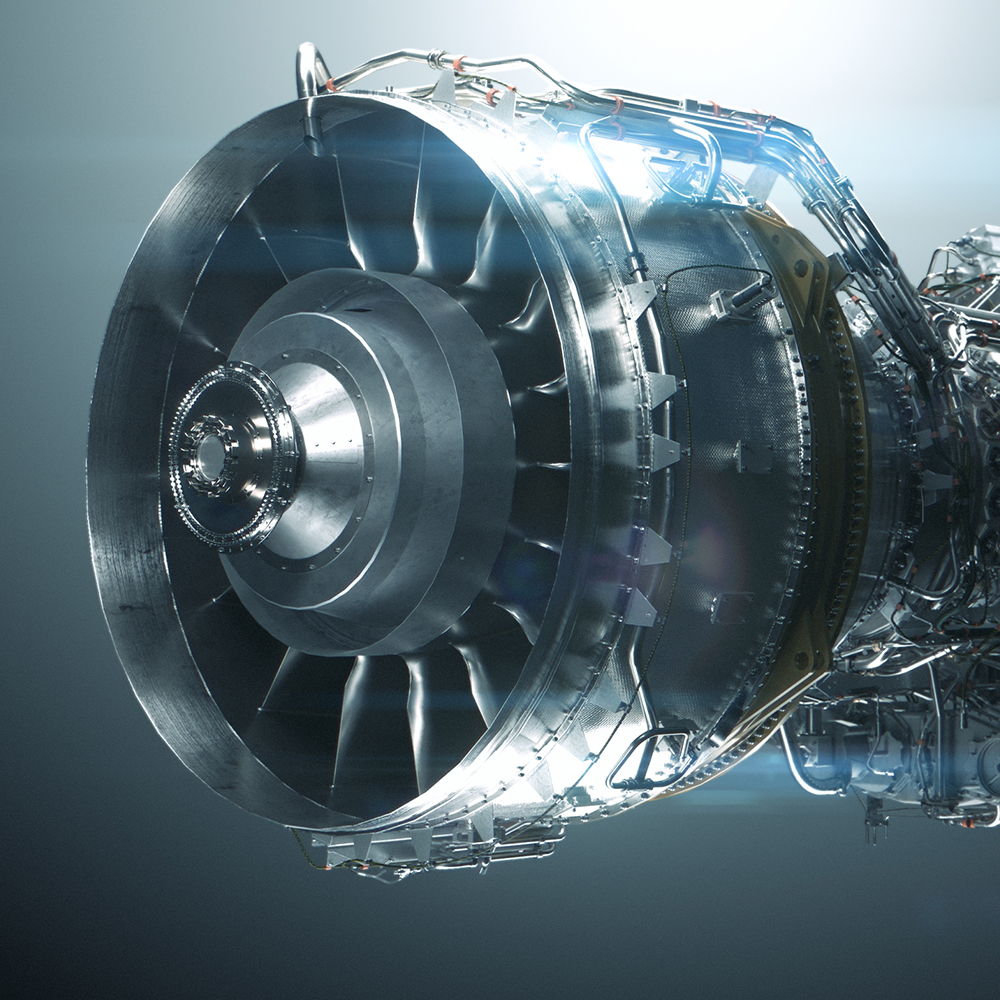
In a significant move to enhance the capabilities of the Indian Navy, Rolls-Royce has offered its MT30 gas turbine as part of the UK-India Electric Propulsion Capability Partnership Working Group. This initiative aims to support the development of future naval ships, marking a new chapter in the collaboration between the UK and India in maritime defense technology.
Lex Zino, Director of Business Development and Future Programmes at Rolls-Royce, emphasized the importance of this partnership, stating: “We have offered the MT30 gas turbine as part of the UK-India Electric Propulsion Capability Partnership Working Group to support future ships of the Indian Navy. There are new programmes on the horizon with the Navy, and that’s part of a discussion for a warship architecture. There were trade-offs during those discussions at the Working Group. We are also supporting the Indian Navy and Indian Coast Guard through the indigenisation process.”
Continue readingSOURCE: AFI

India’s quest for energy security is taking a new turn, with state-run Indian Strategic Petroleum Reserves Ltd (ISPRL) exploring the possibility of leasing crude oil storage facilities in Southeast Asia. According to sources, Singapore, Japan, and South Korea are the frontrunners, chosen for their strategic location, strong logistics infrastructure, and economic competitiveness.
The decision on the final location will hinge on the commercial viability of leasing storage space. Currently, India relies on its own underground caverns at Visakhapatnam, Mangalore, and Padur for strategic crude oil reserves. However, these facilities hold only enough oil to meet the country’s needs for about 10 days.
Continue reading